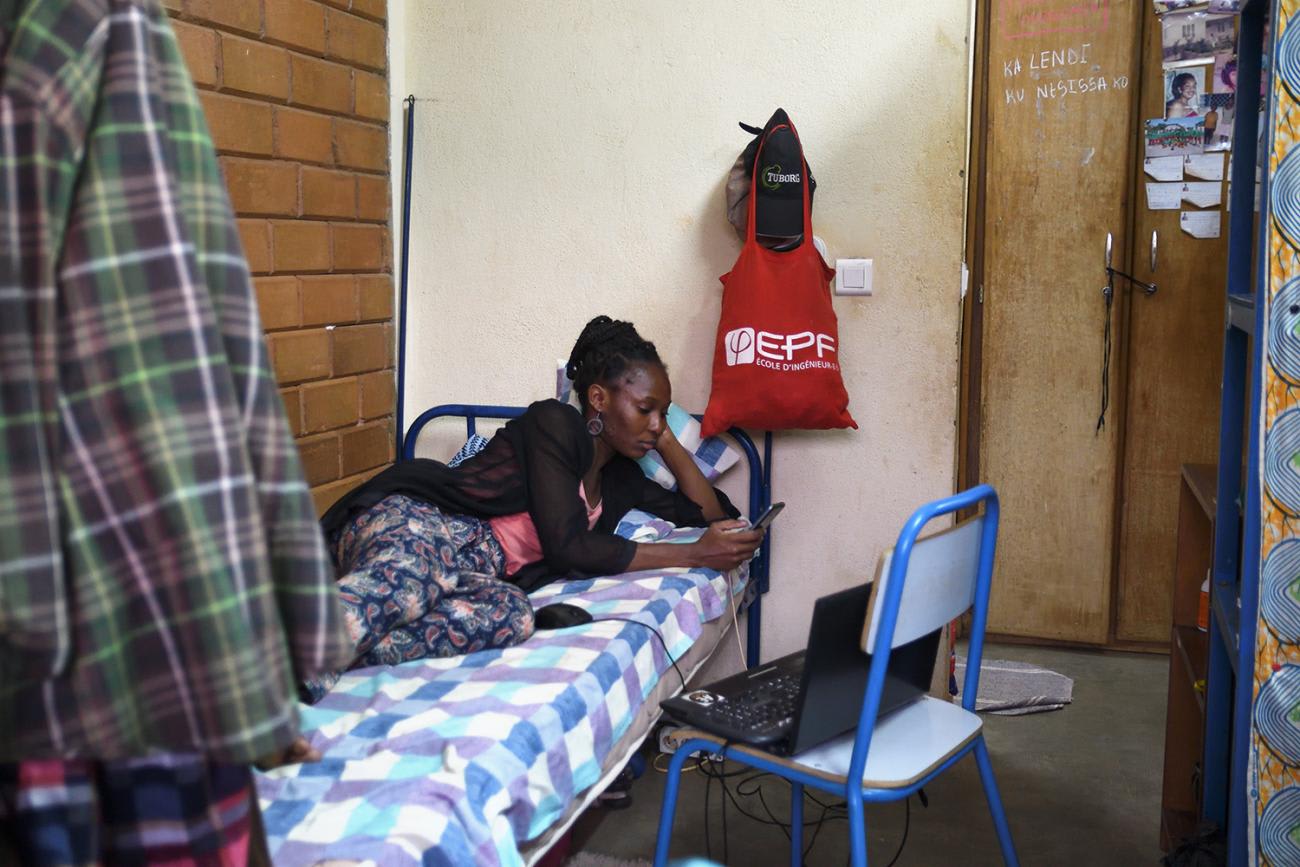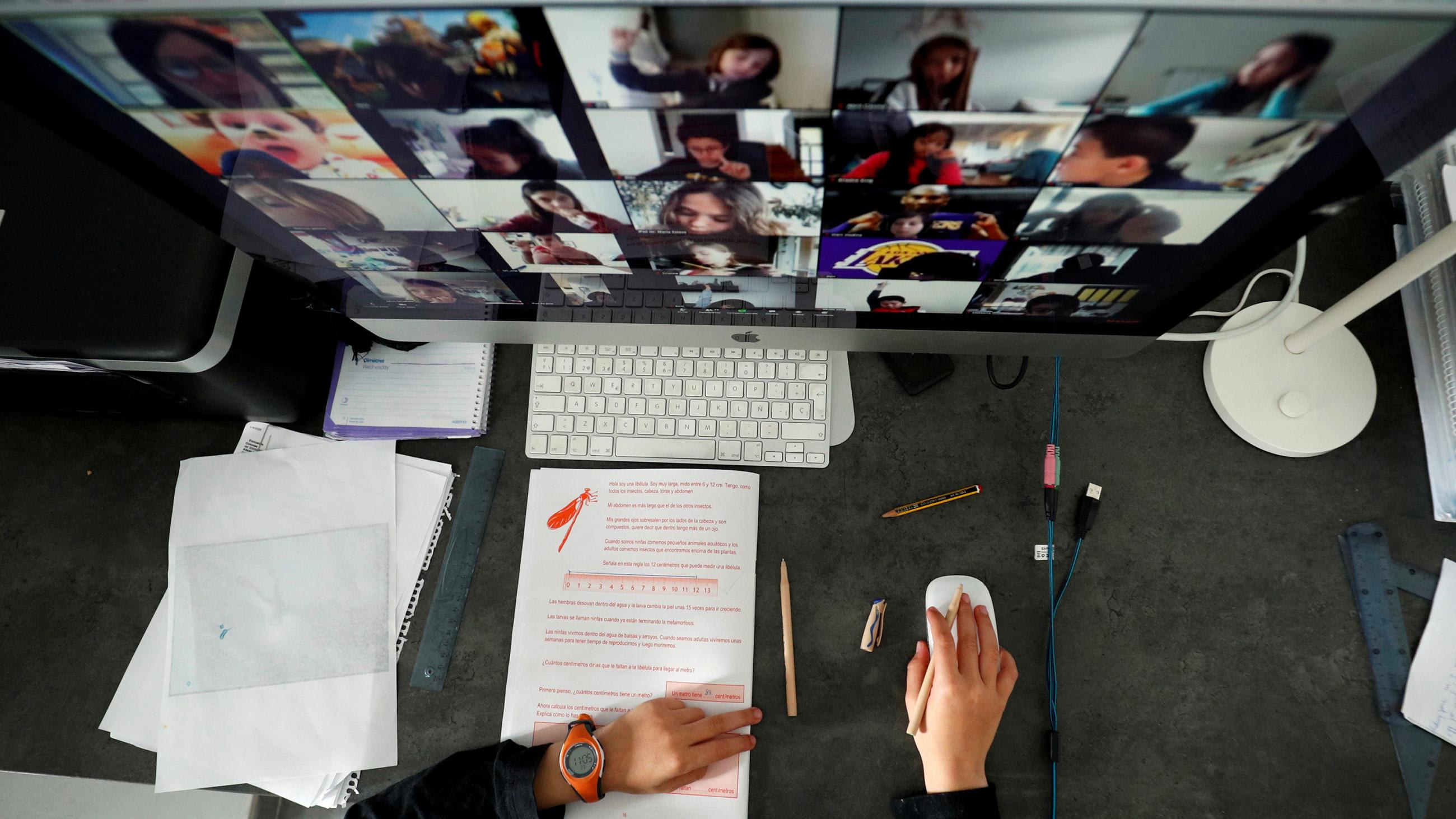Now more than ever, the Internet is an essential resource for staying connected and keeping well informed. As the world struggles to maintain any type of normalcy, all who can are turning to the Internet to maintain some semblance of normal life—connecting to friends and family, practicing their religion communally online, listening to political debates, keeping informed on public health notices, and continuing their work or schooling. Governments are maximizing remote work policies as well as strengthening e-health and e-learning capacities in order to not have our lives and our economies come to a complete standstill.
If the pandemic has revealed anything, it's that internet access should not be considered a luxury but rather a key component of society's resilience
Underpinning these coping tactics and government measures is the ability to access the Internet. As such, these measures serve to illustrate the acute disparities between populations across demographics, regions, and socioeconomic levels as to who are able to take advantage of these measures, and in turn are able to stay connected, employed, educated, civically and politically engaged, as well as safe and healthy—and who is not. These new realities don't make Internet access points found in public spaces, like a community library or school, obsolete, but the COVID-19 crisis highlights the critical importance of in-home access. If the pandemic has revealed anything, it's that internet access should no longer be considered a luxury but rather treated as a key component of reinforcing the resilience of society. Connected households should be a core national interest of governments everywhere, especially those governments that may not be able to offer alternative resilience measures in a crisis. This social resilience makes household internet access key for blue collar workers using the Internet to maintain social connection as much as white collar workers able to telework. In other words, if individuals have Internet access in their homes, they are more resilient in crises, and this is better overall for society.

Recognizing these disparities, governments are assessing how to increase their efforts in the short-term to ensure access, including working with private companies to provide hardware and free Internet access for a short period. Much more must be done, however, and existing human rights law provides a roadmap for how governments can prioritize efforts as the urgency increases not just for short-term stop gap measures but for long-term solutions.
Existing human rights law provides a roadmap for how governments can prioritize efforts as the urgency increases
For example, the 2011 report by the UN Special Rapporteur on the Promotion and Protection of the Right to Freedom of Opinion and Expression probably gave the first and most expansive interpretation of the relationship between access to the Internet and the fulfillment of human rights. This report highlighted access to infrastructure, relevant content, and digital literacy as vital elements of a rights-based definition of access to the Internet. Existing jurisprudence, however, has not always caught up with this position, as seen in other soft law guidance like the 2012 Joint Declaration on Freedom of Expression and the Internet, especially its discussion on positive obligations on states to provide access, is aspirational in nature.

Despite this, existing case law from human rights bodies such as the European Court of Human Rights (ECtHR), does clarify (at least in the European context) that in certain circumstances states cannot deny internet access to an individual. The European Court of Human Rights case law finds that access to protected content—for example, official documents related to prisoners' court proceedings and educational and vocational information—is inseparable from the only medium able to provide access to that information, and thus that inseparability becomes a question of freedom of expression guarantees. In these cases, the European Court of Human Rights examined what states cannot prohibit in relation to access to the Internet.
Denial of internet access is a violation of international human rights law—according to a non-binding 2016 UN resolution
In addition, in 2016, the UN Human Rights Council also passed a non-binding resolution emphasizing that denial of internet access is a violation of international human rights law. Nevertheless, neither the European Court of Human Rights nor any other human rights body, has yet ruled on what actions a state is obliged to take to ensure access to the Internet. However, the European Court of Human Rights has previously ruled that a state's positive obligations—in other words, the affirmative actions that they must take—include providing access to information technology, including public broadcasting services. Until human rights bodies clarify obligations on states to provide internet access directly, analysis from the existing body of jurisprudence from the European Court of Human Rights identifies criteria that could be used in the interim to guide government policy. They are: the intended purpose that providing access would address; the intended beneficiaries; alternative media which could be used in the absence of access to the medium in question; the types of actions the state must take in order to provide access.

As part of the global response, states deciding what measures to put in place should consider how to potentially increase access to internet inside households. For countries with very limited resources, it may not be possible to provide internet access to a broad portion of the population. Governments may need to narrow the focus because of the constrained resources, and the criteria listed above can help prioritize how resources should be allocated.
Resources the United States might be able to dedicate to bridging the digital divide are not the same as a country with fewer resources might choose
How will other offline socioeconomic, demographic gaps in access to resources be achieved? Possible options to narrow scope include prioritizing minorities, traditionally marginalized groups, low-income or rural areas, or minority households who own small businesses. How do projects engage local communities and drive prioritization in an inclusive way? Projects must be done in an inclusive, transparent way with local community leaders. How do projects increase digital literacy for those who will gain access to the Internet? Internet rollouts have the opportunity to work with community organizations, schools, or libraries who can support digital literacy initiatives as households in their community gain access. The criteria above allow for a wide range of opportunities to take human rights elements into policy, regulatory, and programmatic discussions without thinking there is a single right answer. Resources that the United States might be able to dedicate to bridging the digital divide are not the same as a country with fewer resources might choose. However, these criteria help all states conduct rights-based assessments, and to partner with civil society and the private sector to support the highest possible level of access to the Internet, starting with those most marginalized.

We are facing a moment of truth as a result of the new coronavirus. Individuals, governments, civil society, and companies are going to extraordinary lengths to adjust to this new reality. This energy and solidarity can catalyse a longer-term solution to many structural problems, including a sustained effort to close the digital divide. Human-rights based responses should play an important role in helping us all adapt and ensuring each society's resilience in the face of unimagined challenges ahead.












